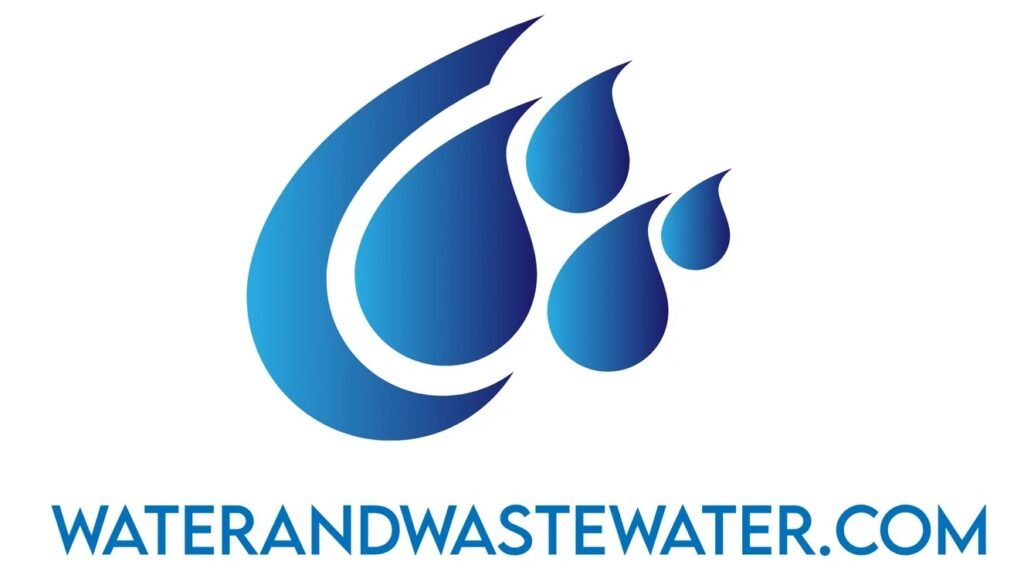
Tag: Monitoring
Primary clarifiers serve a critical role in wastewater treatment as they are the initial phase where solids are separated from the liquid waste. By allowing wastewater to slow down and stay in a quiescent state, these clarifiers enable heavier solids to settle at the bottom, while lighter materials like oils and grease rise to the […]
In the realm of water treatment, thickening plays a crucial role in the management of wastewater sludge. The process involves increasing the solids concentration, thereby reducing the volume of the sludge to be handled. Efficient thickening is advantageous as it can significantly cut down transportation and disposal costs, and improve the overall operational efficiency of […]
Ion exchange is one of the advanced treatments. It is a vital process in wastewater treatment, involving the reversible interchange of ions between a solid substance, or resin, and a liquid solution—in this case, wastewater. It is a purification and separation method used extensively to remove undesirable ions, such as calcium, magnesium, and other heavy […]
Wastewater treatment is an essential process to ensure water is clean before it’s returned to the environment or reused. A critical component of this process is digestion, a biological method where microorganisms break down organic matter in wastewater. This method is typically classified into two main categories: aerobic and anaerobic digestion. Aerobic digestion uses oxygen […]
Dewatering is an essential process in wastewater treatment, which involves the removal of water from solid waste or soil. By reducing the volume of sludge, dewatering systems enable more efficient waste handling and disposal. This process is not only crucial for the effective management of wastewater but also has significant cost implications, as transporting and […]
Ultraviolet (UV) disinfection has emerged as a formidable and environmentally friendly method for treating wastewater. Unlike chemical approaches, UV disinfection relies on physical processes that neutralize pathogenic microorganisms by disrupting their DNA. This technology has found extensive application across the globe due to its efficacy in deactivating a broad spectrum of harmful microbes, including bacteria, […]
Dissolved air flotation (DAF) is a water treatment process that clarifies wastewater by the removal of suspended matter such as oil, grease, or solids. The removal is achieved by dissolving air in the water or wastewater under pressure and then releasing the air at atmospheric pressure in a flotation tank or basin. The released air […]
Efficient sedimentation processes are essential for both municipal and industrial wastewater treatment facilities. As raw wastewater enters the treatment plant, it undergoes initial screening before proceeding to sedimentation tanks where the separation process begins. This stage is pivotal for the protection of downstream treatment units and for minimizing the potential for damage or additional processing […]
Pumping stations are crucial components in water management systems, playing a pivotal role in transporting water and wastewater from one location to another. They are designed to handle various types of fluids, including fresh water, sewage, or stormwater, often moving the liquids from low to high elevation, across vast distances, or from one treatment process […]
Sludge treatment is integral to wastewater management and crucial for protecting public health and the environment. As communities and industries generate wastewater, treating this water to remove contaminants before it’s returned to the environment is essential. The sludge that results from wastewater treatment contains a variety of substances, including organic matter, pathogens, chemicals, and heavy […]